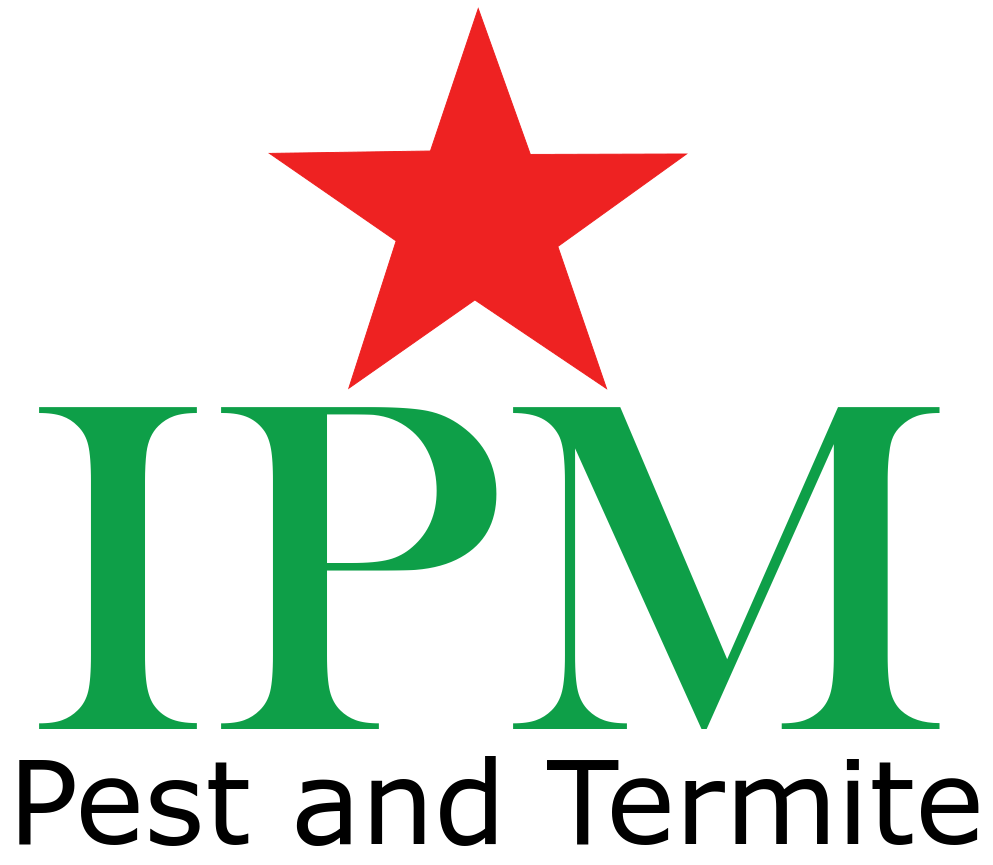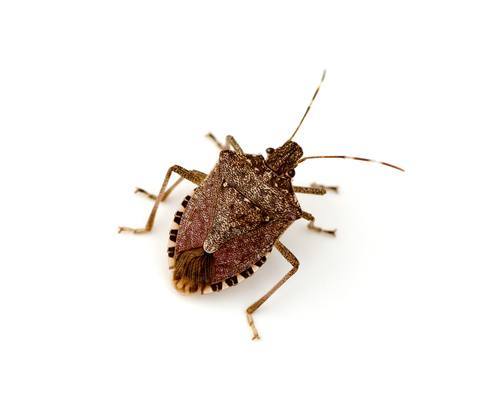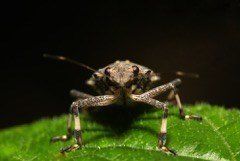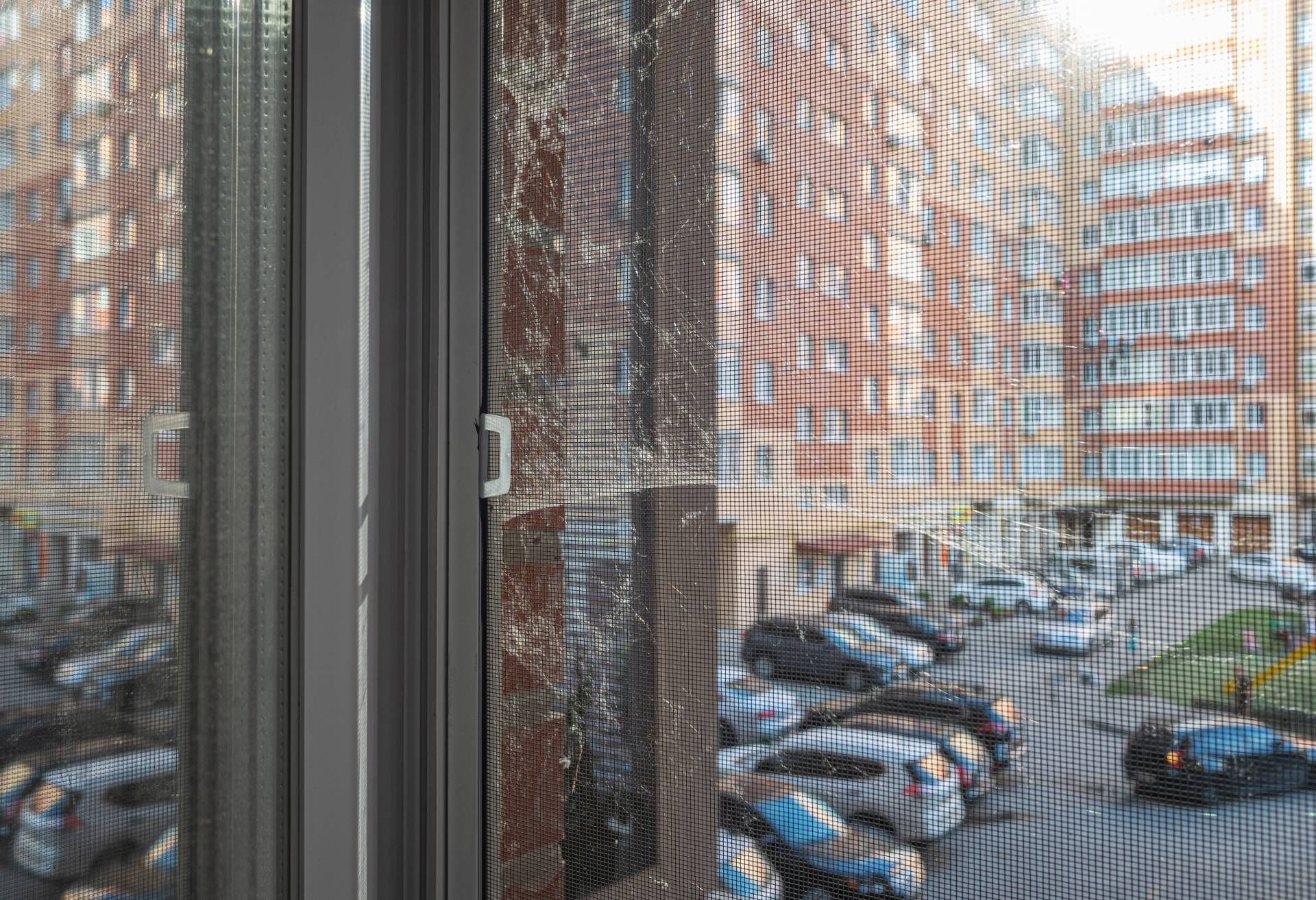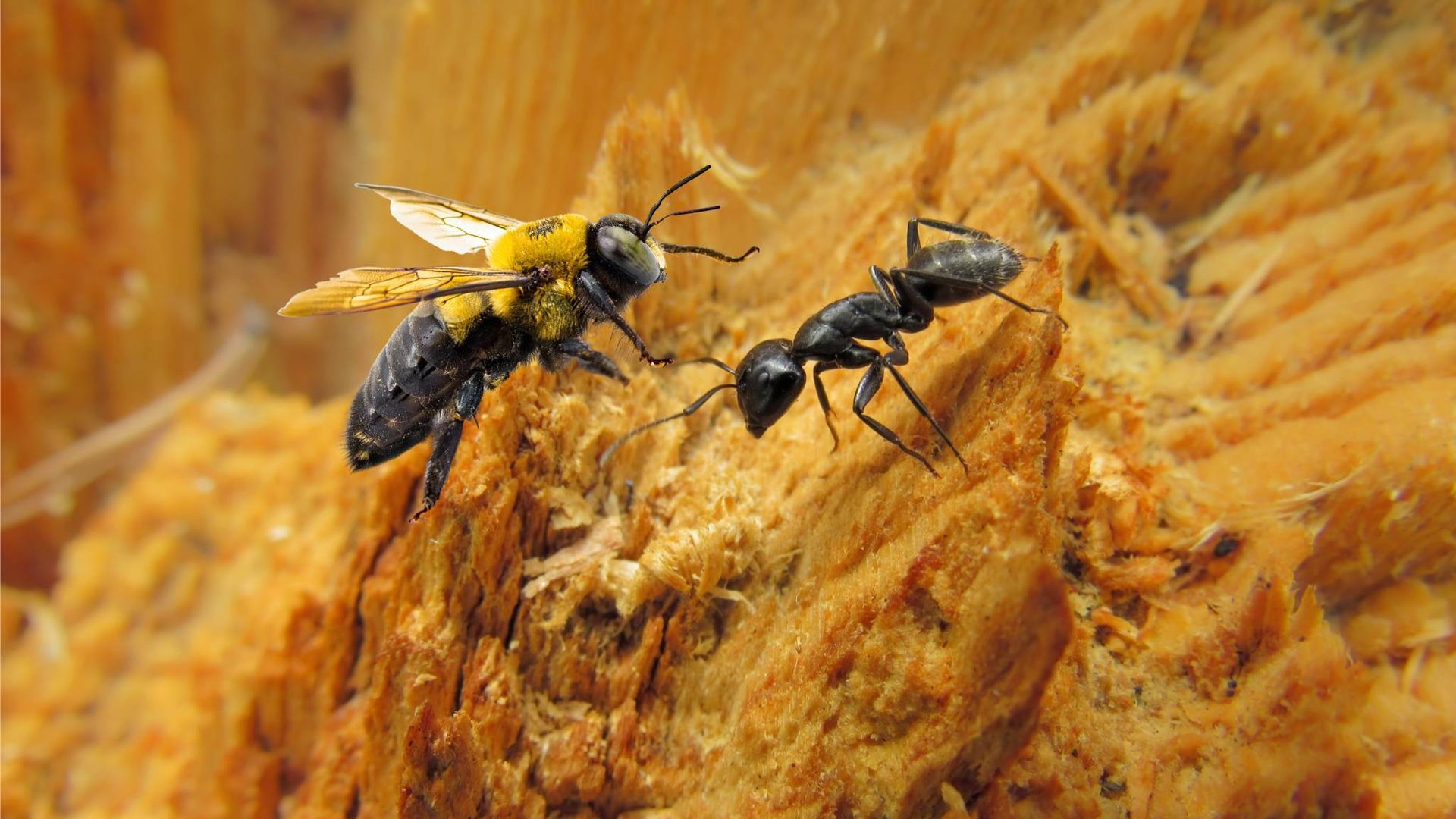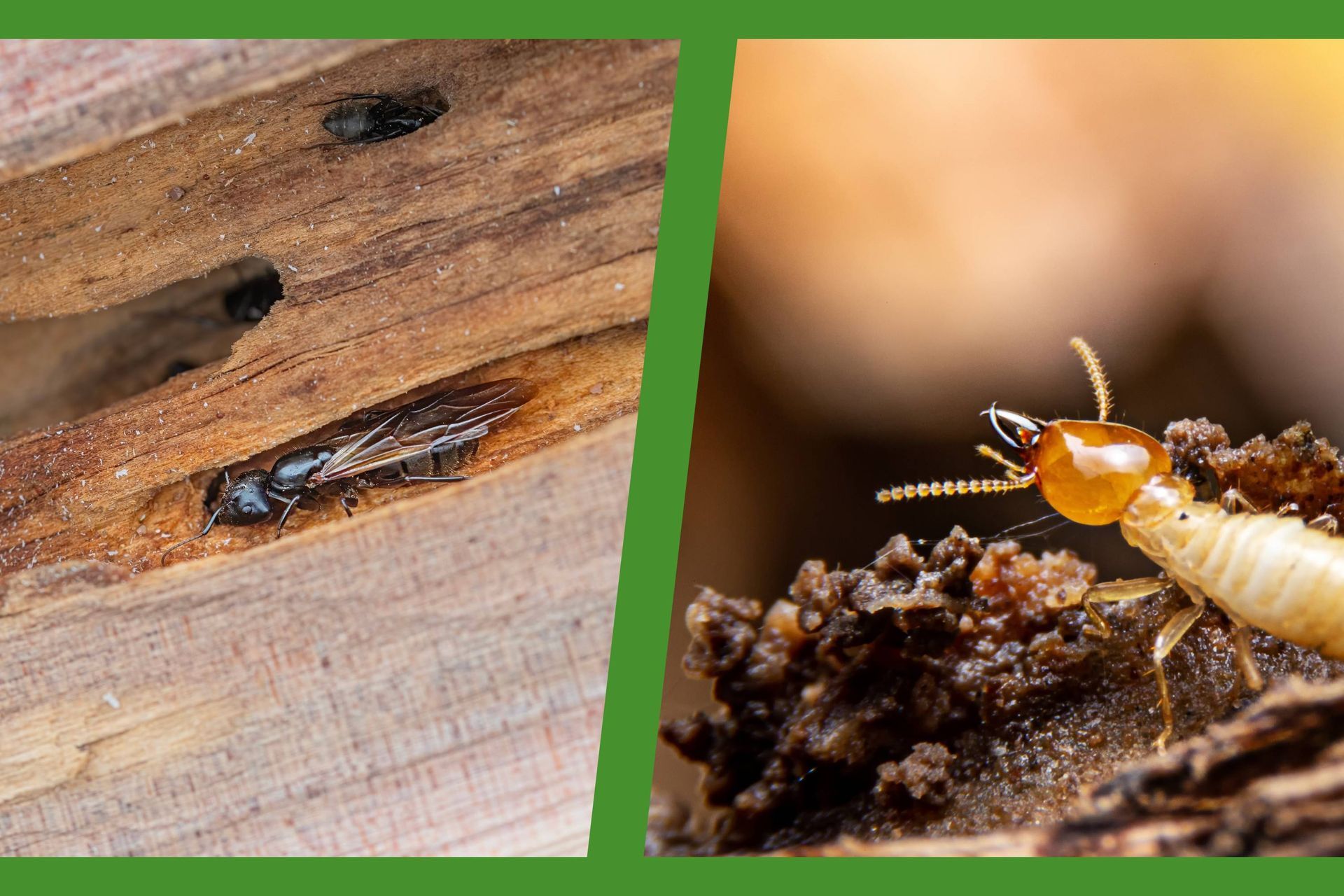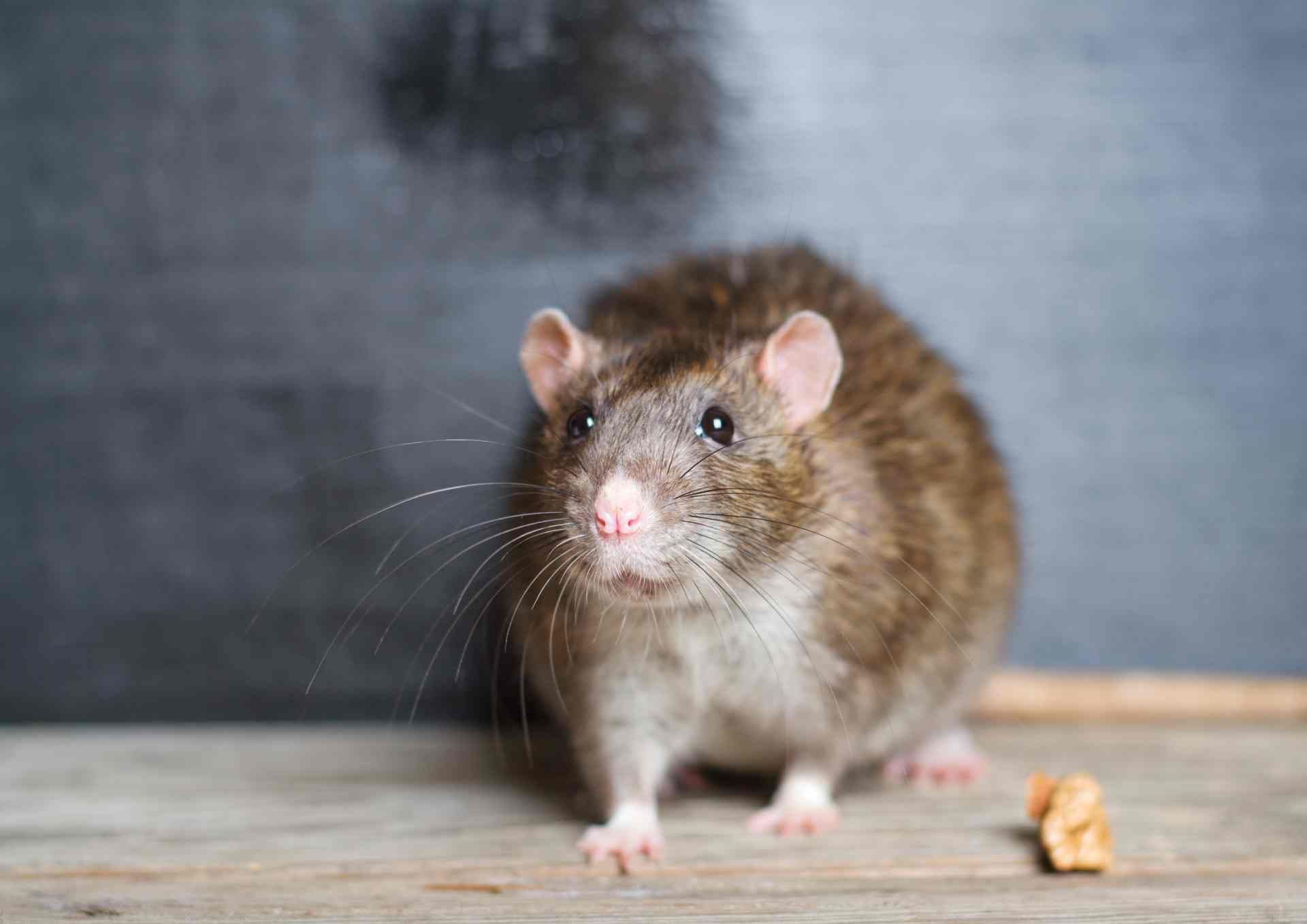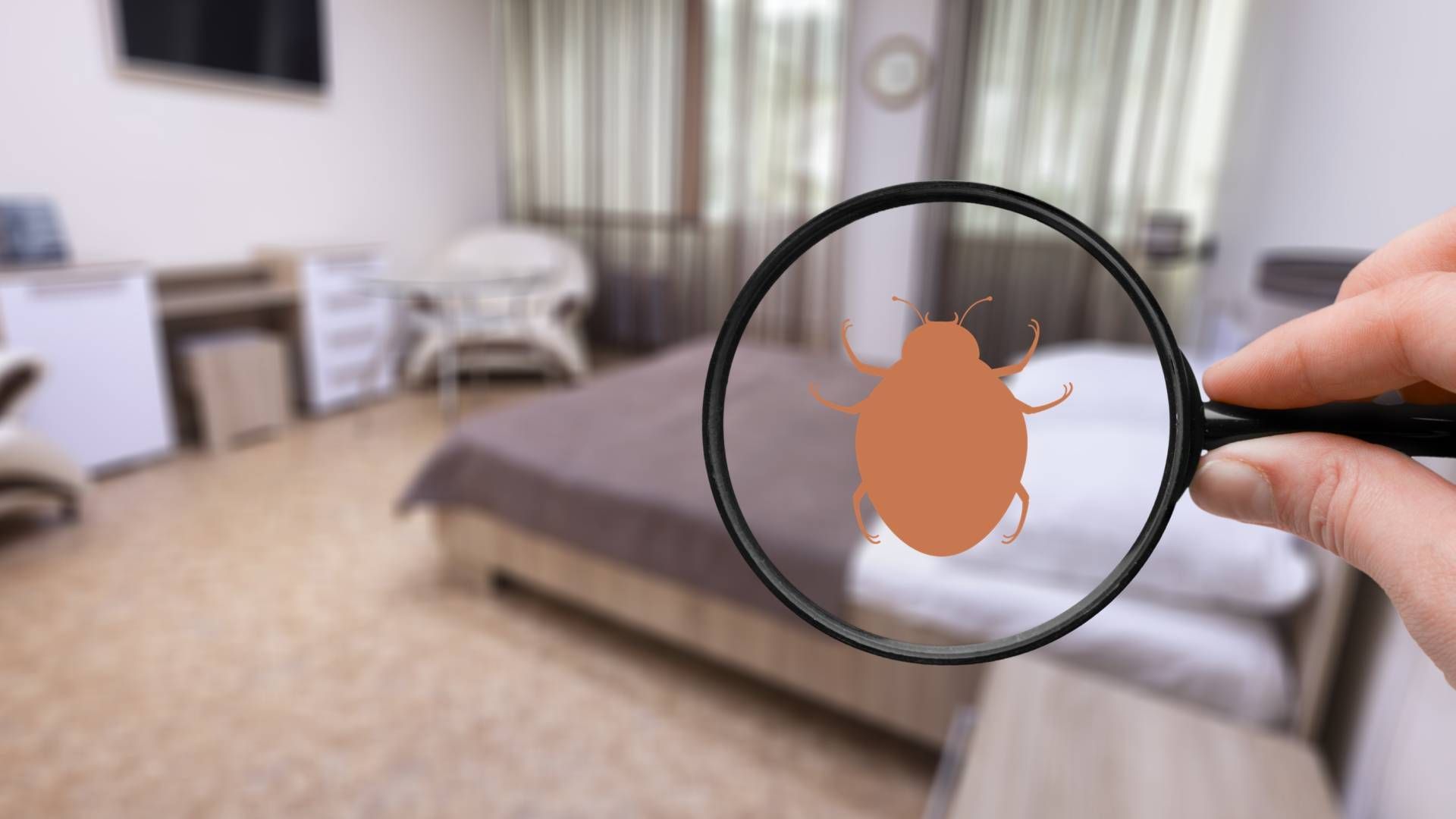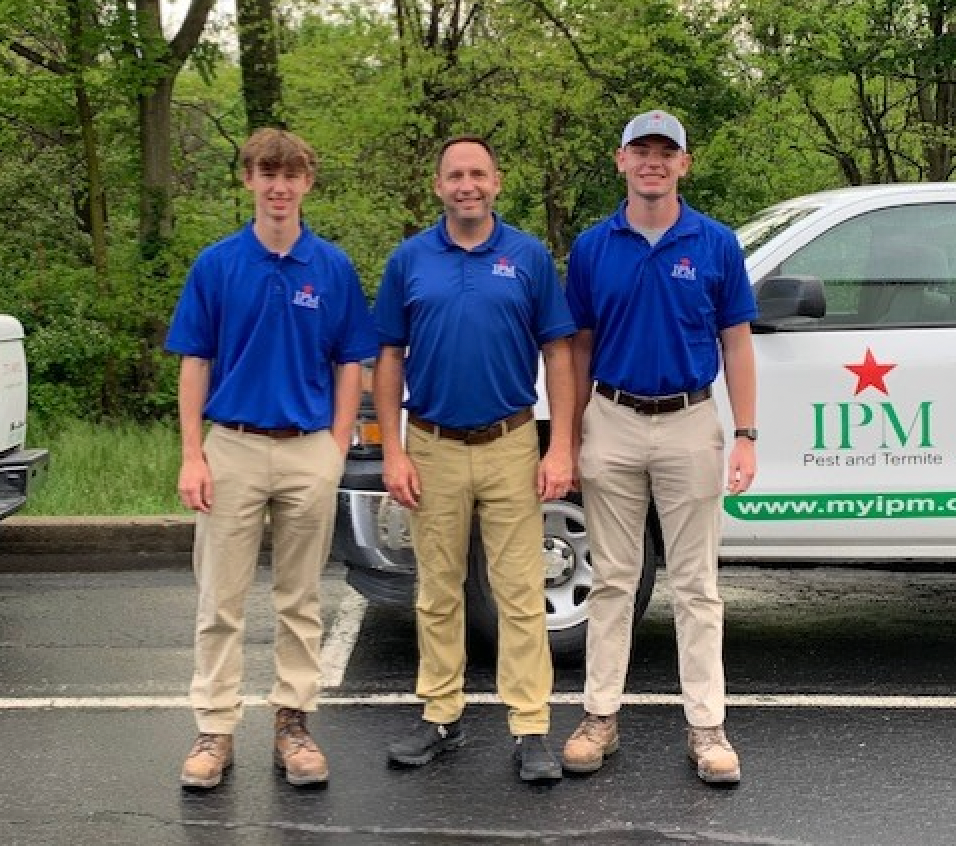Brown Marmorated Stink Bug in Lexington, KY
It’s springtime and enjoying the outdoors is a top priority after a long winter. The same goes for most outdoor pests when warm weather approaches. Although most insects are harmless, they quickly become a nuisance when they begin entering your home. Certain insects, such as the Brown Marmorated Stink Bug, are not only unwelcome but unflattering to encounter. If your home suffers from an over population of the Brown Marmorated Stink Bug, or BMSB, contact the friendly staff at IPM Pest and Termite in Lexington KY to help you determine a solution to the problem. Use the following helpful tips for identifying the BMSB and how to prevent them from infesting your home.
THE BASICS
The Brown Marmorated Stink Bug bares similarities to the other “stink bug” insects, however they do have their own identifiable markings that can help you determine if they are becoming a problem in your home. Considering that BMSB is naturally an agricultural pest, these bugs are drawn to fruit and vegetable crops where they can typically be found. Originating from China, Korea, Japan, and Taiwan, the BMSB has been introduced to the US and is becoming a problem for farmers throughout the eastern portion of the country. They are also greatly drawn to the exterior of homes, especially in the weeks prior to the onset of winter, in order to find protection from the elements. For this overwintering pest, contact the expert exterminators at IPM Pest and Termite in Lexington, KY for help this spring or fall.
IDENTIFICATION
As with any insect, distinct characteristics can set one species apart from another, and the Brown Marmorated Stink Bug is no different. An adult will be less than one inch in length, so they aren’t commonly known for being large. The most distinguishable feature is their “shield” shape as well as their “stink bug” smell they disperse through sent glands. This is their means of protection when threatened. Overall, the BMSB is brown in color, with variations of light and dark brown in certain areas. For their antennae, they have bands of light brown, and for their back next to their wings, they will have darker brown bands. There will be small depressions on their wings and these will be filled with what appears to be a copper or metallic color. More often than not the BMSB will possess red eyes, although not a bright or vibrant shade of red. If they have produced eggs, they will either be light yellow or a yellowish red color. Most Brown Marmorated Stink Bugs only yield one generation per year, but have been known to generate several lifecycles annually if the weather conditions are ideal. Adult BMSB will emerge in the spring months and seek shelter prior to winter, usually in the fall during September or October, making them more of a nuisance during this time frame.
PREVENTION
Attempting to manage an overpopulation of Brown Marmorated Stink Bugs and prevent them from entering your home can be simple with a few helpful tips. For the exterior of your home, seal every window, doorframe, or any opening where the BMSB may enter. You can simply do this by purchasing a decent silicon caulk to place within the cracks or spaces. For doors or windows with broken or torn screens, replace the screens with new ones that won’t allow bugs in. If your home is equipped with a window air conditioning unit, consider removing it for added protection, as they will use these as an easy way to enter your home. For stink bugs that have made their way inside already, using a vacuum for removal is recommended, however you should be aware that disturbing the bug in this manner will cause them to release their protective odor, and your vacuum or home may temporarily acquire the smell. For the ultimate defense, consider an insecticide spray administered professionally to help protect your home from the Brown Marmorated Stink Bug. Treatment is recommended and most effective in the fall. To get on our fall schedule, please call us at 859-340-1403.
